ENCHANTED LANDSCAPES
PROGRAMME
Sala (S8) Palexco | Tuesday May 30th | 5:30 p.m. | Free entry to all venues until full capacity. It will not be possible to enter the venues after the screening has started.
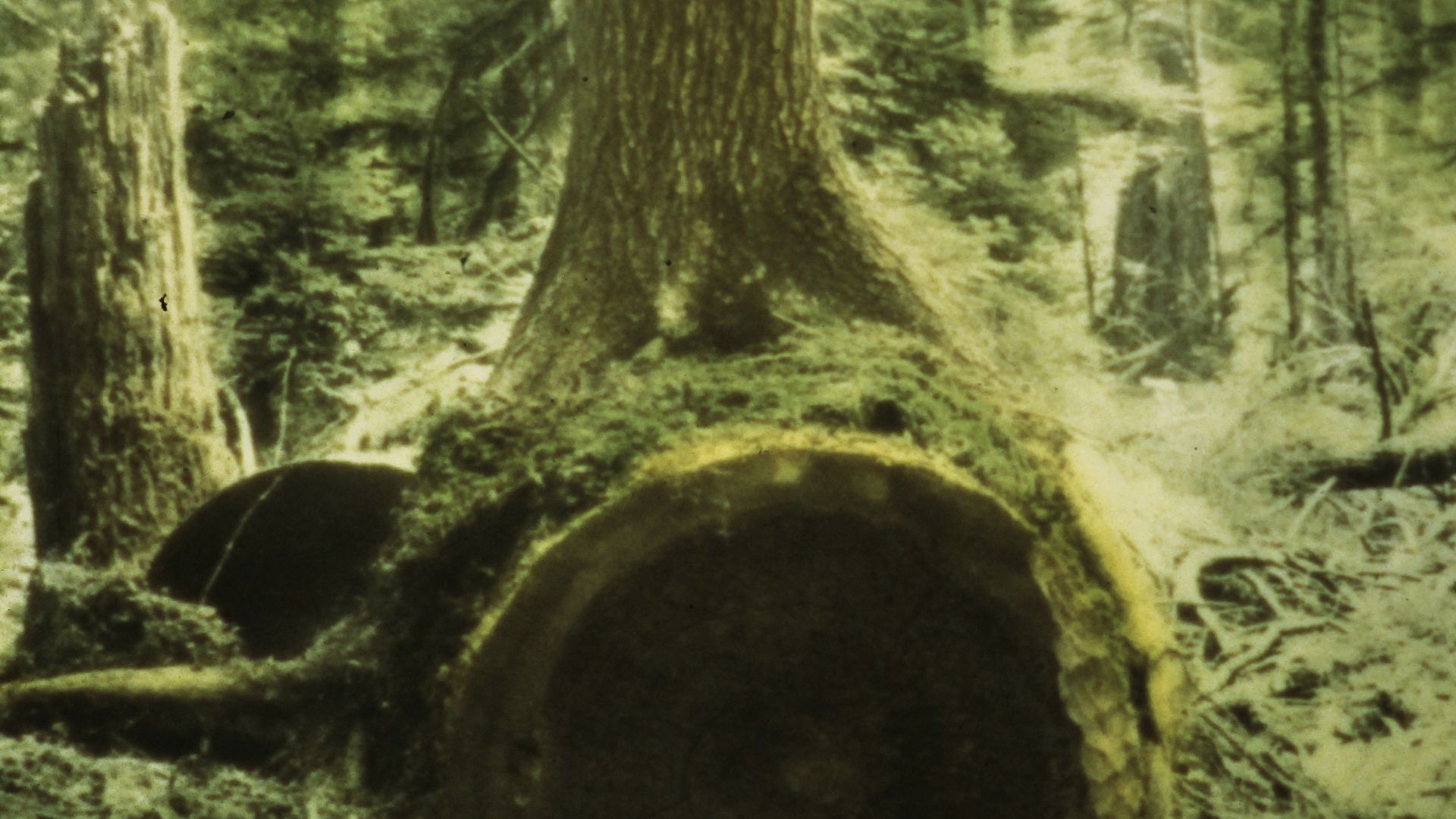
AND SO IT CAME ABOUT (A TALE OF CONSEQUENTIAL DORMANCY)
Charlotte Pryce, USA, super 8, 16mm and magic lantern slides to digital, 2023, 13 min.
A mythological tale – the story of Persephone – is retold, recast and relocated on the periphery of a common. The entangled intrigues of the seen and the unseen conspire to disclose an underland at once enticing and threatening. But what are the consequences of such trespassing between worlds?
The title of this allegorical story refers to the ecological process that occurs when organisms enter a dormant phase in response to adverse conditions.
The film was made during the months and years of the pandemic. There were two aspects of this time that I was particularly struck by: firstly, that the virus occurred because of an extraordinary contact between the animal and human worlds, and secondly, that this contact resulted in a global “dormancy”. Such events seemed terrifying and inexplicable – and yet our folklore, myths and fairy tales are replete with such events and occurrences. In turn these stories drew from observation of natural processes.
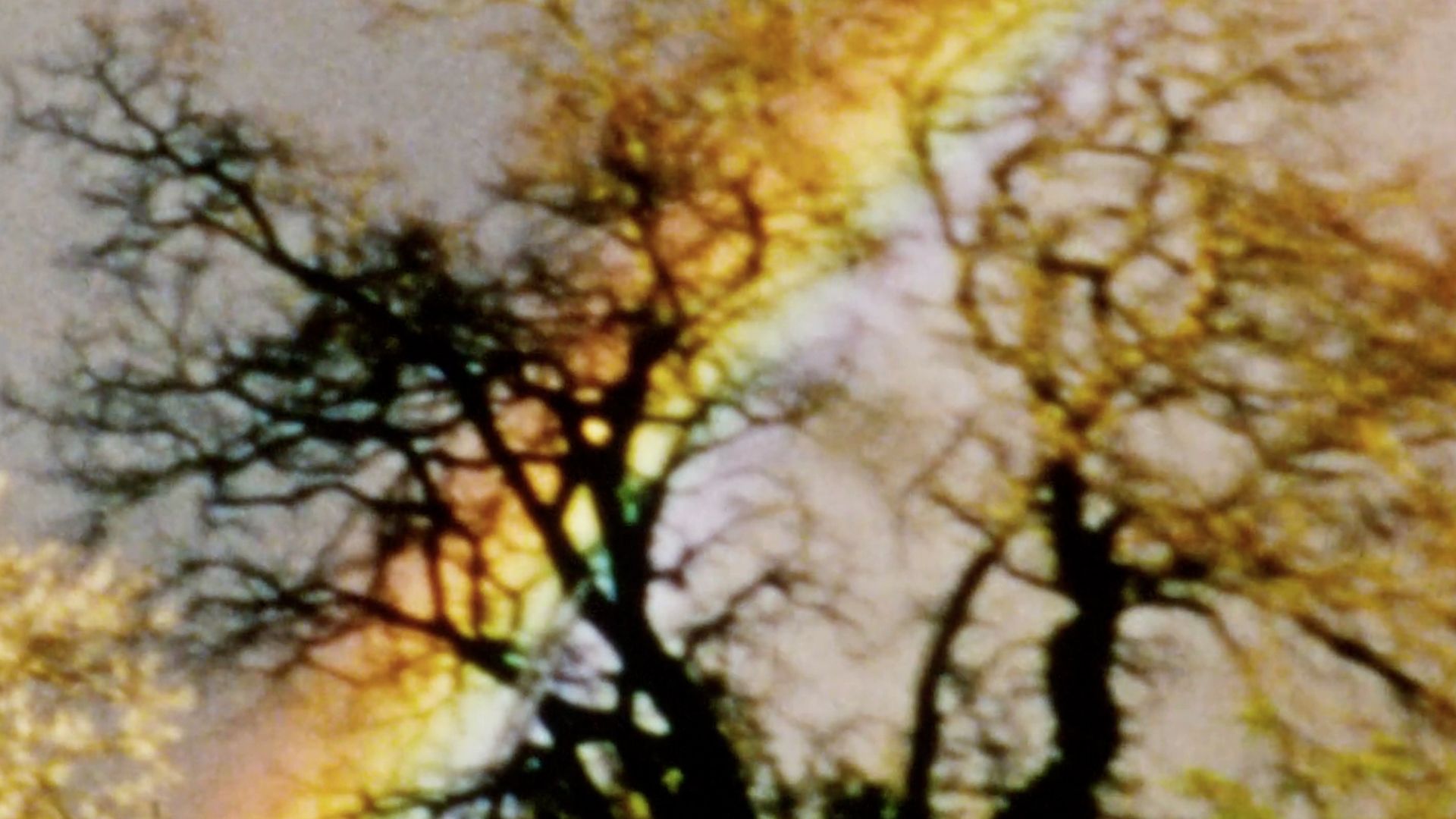
ZOOSCOPIE
Gaëlle Rouard , France, 16mm to digital, 2012, 16 min.
For the cold winter, the pouring rain, the short wavy, the violent storm, the early frost or something like that, if the fall of the leaves is late, if the smoke rises straight, if it falls, if the leaves swirling or if the dust makes the vortex, if the frogs repeated to the swamps their monotonous complaint, and when the prevailing winds become favorable.
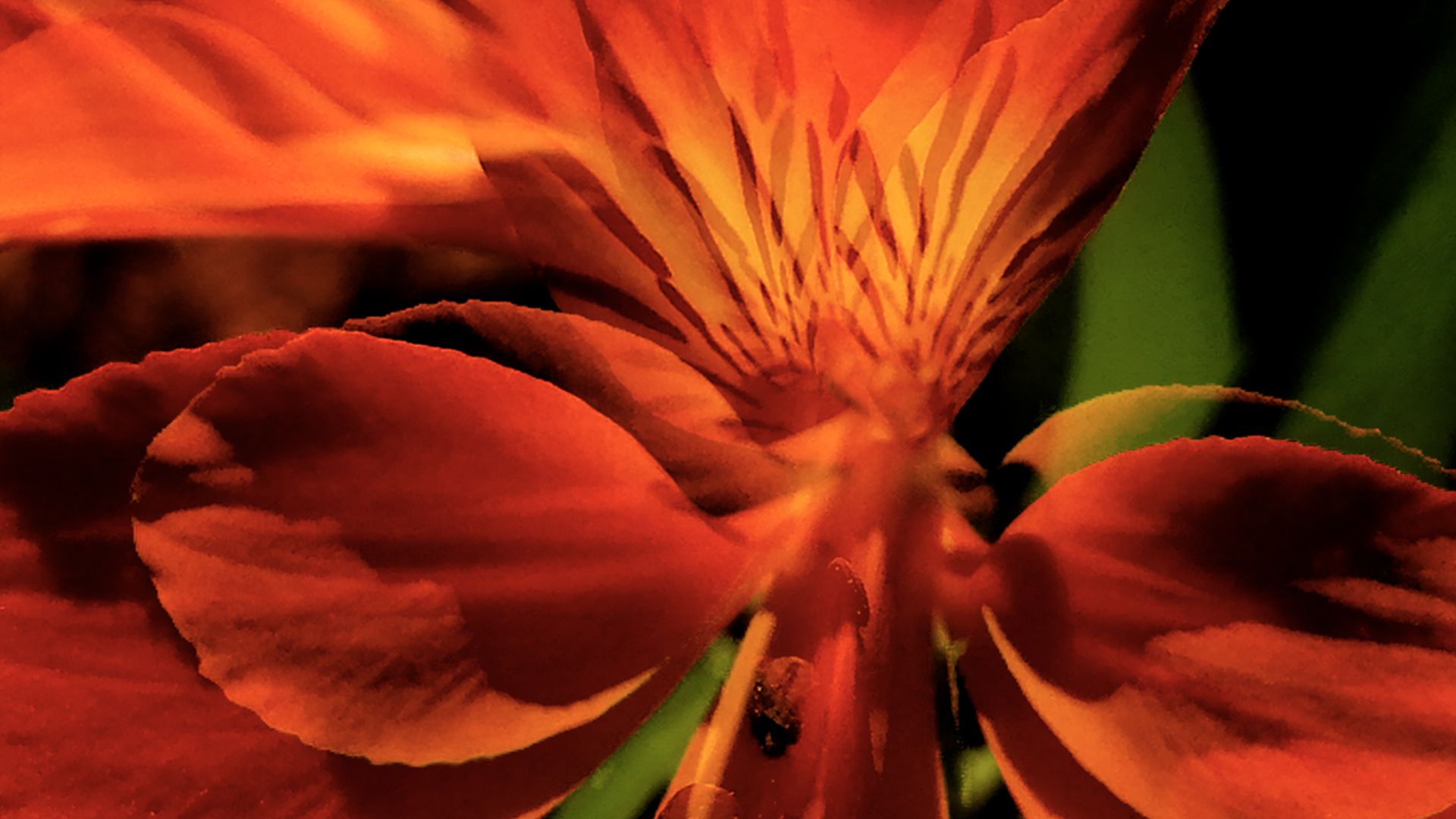
SYMPATHIA
Fernanda Vicens, Chile, 2023, vídeo, 2 min.
Sky, volcanic rocks and the southern beech forest of The Devil’s Throat and of the Shangri-La Valley: they all attract, blend, appear and disappear following a secret inner movement.
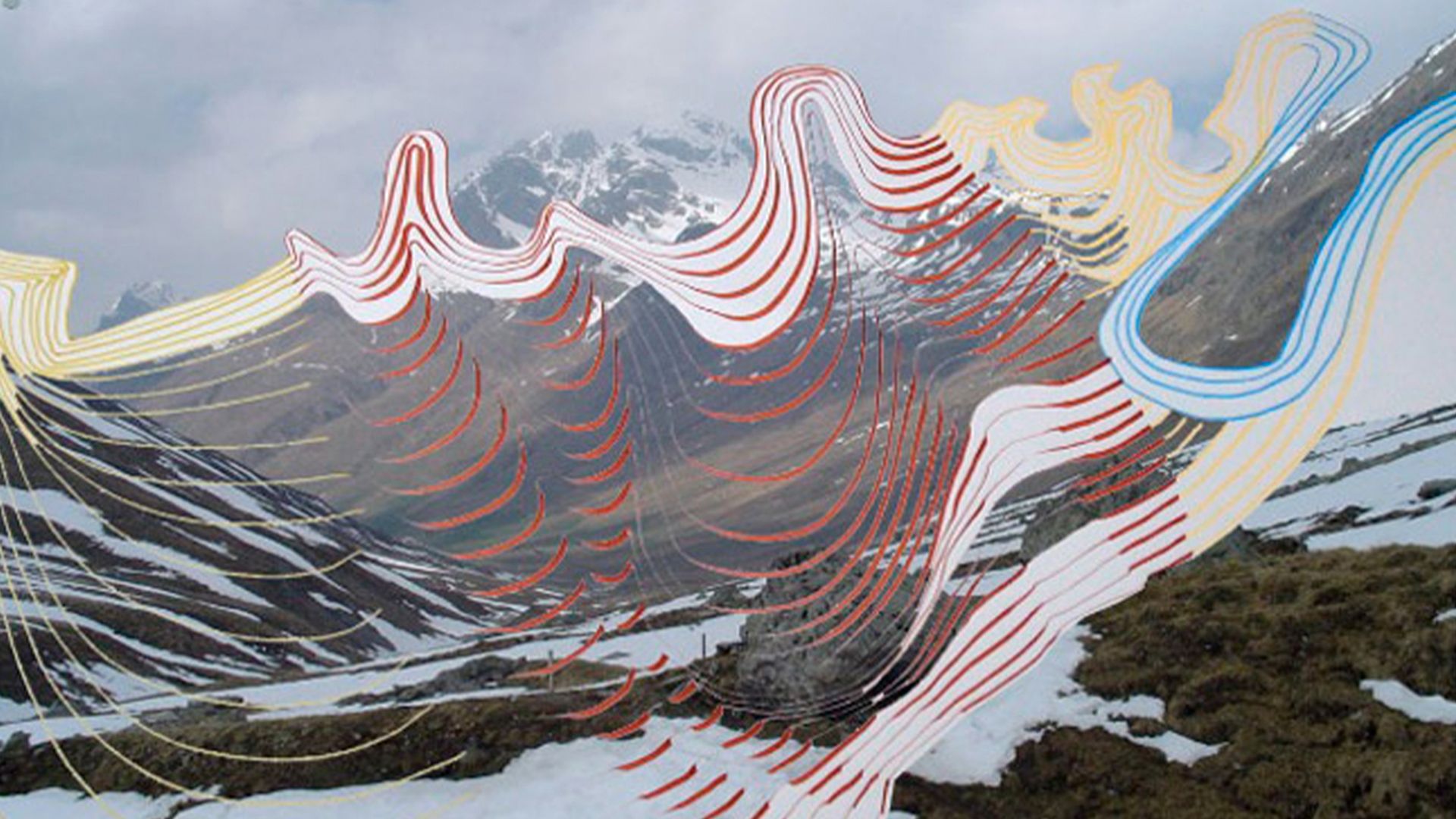
FADENSPIELE 3
Detel Aurand, Ute Aurand, Germany, 16mm, 2013, 9 min.
“We are sisters. One paints; the other films. Since 1999 we have made three films together in which we set things in motion using the stop motion technique. In Fadenspiele 3 we spent the summer and winter outdoors in the mountains of Flumser (Switzerland).” Detel Aurand, Ute Aurand

PICNIC WITH WEISMANN
Jan Švankmajer, Czech Republic, 35mm, 1969, 10 min.
In a meadow, an old gramophone plays by itself, while several chairs, a table and a divan dance merrily to the rhythm of its tangos and foxtrots, and a shovel digs a ditch in front of a cupboard.

STRAWBERRIES IN THE SUMMERTIME
Jennifer Reeves, Canada, 16mm to digital, 2014, 16 min.
A two and a half year old boy revels in all things tiny and huge on and around a farm. His father supports his exuberant and insatiable curiosity of new experiences– from wall climbing to discovering the natural world. As a father-son bond grows, the mother with camera observes, hangs back, dives into a solitary landscape and returns. Reeves shot and hand-processed Strawberries in the Summertime in rural Ontario at the “Film Farm” run by filmmaker Philip Hoffman.
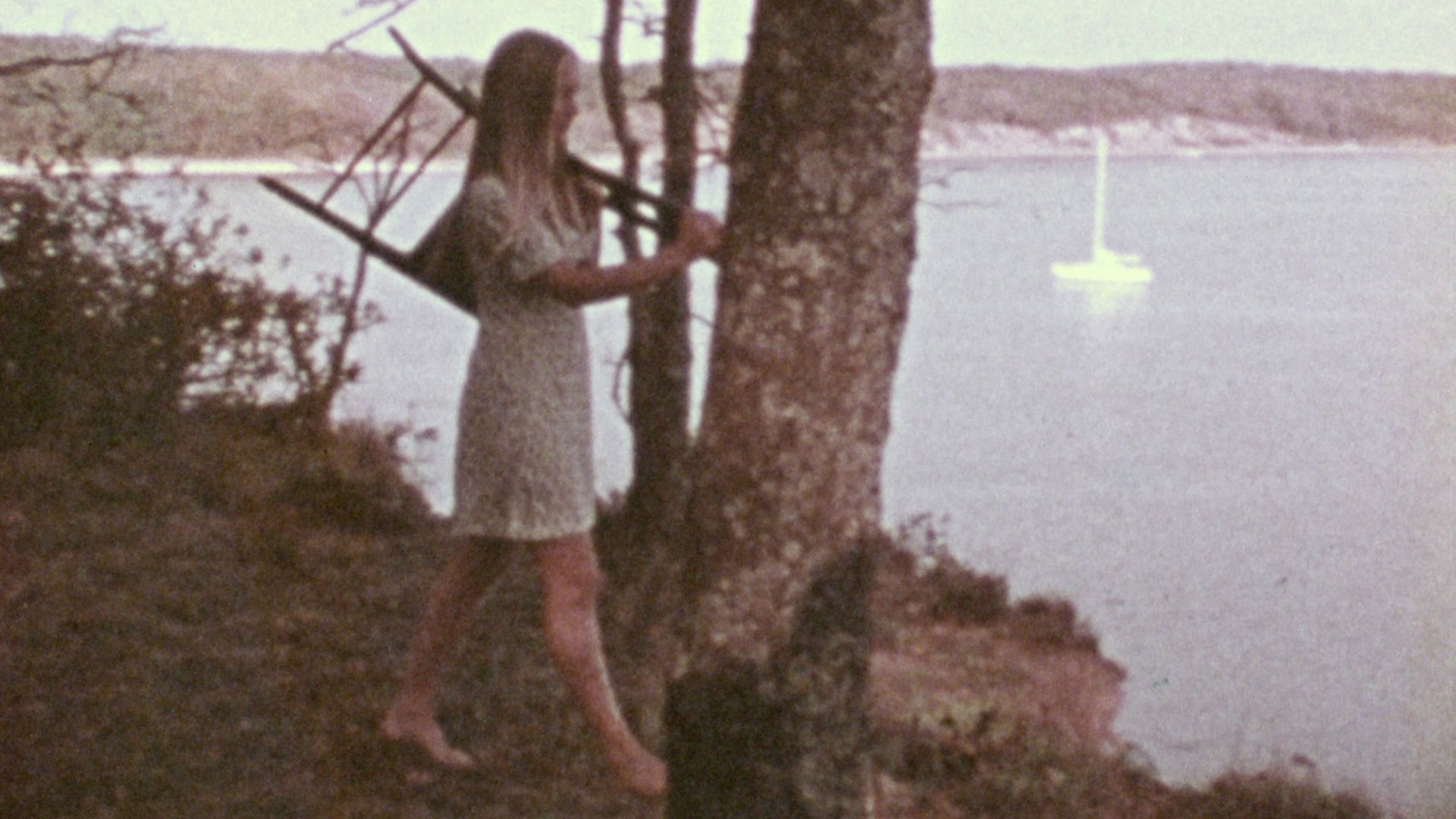
SEA TRAVELS
Anita Thacher, USA, 16mm, 1978, 11 min.
A young girl acts as guide on a journey to recapture childhood through the distortion of memory. Using optical effects from action shots, Sea Travels explores the theme of childhood memories: its dreams, fantasies and its unique language. Sea Travels was inspired by several children’s poems, for example, “The breeze is like the sky coming to you” by Iris Torres, from Wishes, Lies, and Dreams. The film is punctuated by several intertitles: “Sighting”, “The Chase”, “Drawing Companions”, “A Change of Weather”, “Landing”
ENCHANTED LANDSCAPES
TEMATIC PROGRAM
A swirl of shooting stars pepper a deep blue sky; in the distance, we see a turquoise-blue ship as if attacked by small flames, in a view framed by orange, green and purple mountains with a sprinkling of impossible trees here and there. Galaxy is the name of this painting by Urbano Lugrís: a dreamy, strange and wonderful landscape that forms part of one of his altarpieces. That cloak of unreality, which turns the world into an underworld, is also spread by Lugrís over his thousand-times-seen city of A Coruña (which he renamed Percalinópolis), and whose views he paints attempting to see the city it was, or could have been, in the 16th or 19th century, or in his time. The well-known landscape dominated by the Tower of Hercules is no longer a postcard but an enchanted place, achieved through painting and imagination.
Likewise, cinema is also capable of turning routine into extraordinariness in different ways. And although Lugrís’ painting hints of the painting of Magritte or De Chirico, it is also permeated by an iconography and a naive spirit. Taking up this idea, this programme also intends to take us to the magical vision of the world of childhood, a time when not knowing how to decode all of the world’s signs means we see our environment as something mysterious, with the corner of a park turning into a forest or the violet light of sunset becoming an otherworldly aura.
And so it came about by Charlotte Pryce kicks off the programme. Pryce’s miniature looks through an enchanted magnifying glass infused with photochemical alchemy at the forest’s vegetation and animals. The film unfolds like a tale, introducing the myth of Persephone into everyday life, with the crossing of the threshold between worlds as its theme. And it is thanks to its narration that we go through to the other side of this proverbial mirror. The particular use made by the Frenchwoman Gaëlle Rouard of the optical printer as a tool makes each image in Zooscopie an enchanted landscape in itself. The cadences and colours are heightened as we go from small to totality in a vision exacerbated by the sound collage introducing us to a strange territory.
On the horizon, the mountains and the intense blue sky are overlaid, rapidly alternating with the colours of the flowers and the movement of the water, as if wanting to condense all of the possible wonders into an accumulation of frames colliding in a delightful perceptual collage. That is how Sympathia, by the Chilean Fernanda Vicens, leads us to reach a new dimension of landscapes made frame by frame, reaping the best of Lowder’s teachings.
Animation, of course, is a medium with great possibilities for lending warmth and otherworldly life to any view. In number 3 of the film series Fadenspiele, Detel and Ute Aurand go from the series’ primal “playing with strings” to modifying the landscape by painting over it, among other playful strategies in which stop motion goes out to play in the world with it. With an iconography clearly related to Lugrís’ kind, the Czech surrealist Jan Švankmajer now offers us a pause to rest in this landscape that we have been passing through. Picnic with Weismann takes us to a clearing in a forest, and to a picnic with invisible guests who are snacking, playing cards and chess, and putting on one record after another. Or are the objects the true guests in this celebration?
Imbued with this childish vision, Jennifer Reeves takes advantage of the discovery of a creature’s world to reveal it to us as well, using photochemical processes that burst out the forest’s colours, contrasts and shapes. Featuring a boy scout-like soundtrack by Chubby Parker and His Old Time Banjo along with the Carter Family, Strawberries in the Summertime (made in the heat of Philip Hoffman’s Film Farm) takes us through solarigraphy, tinting, negatives and other procedures, on a tour of an impossible and unusual forest. It is also a girl that takes us by the hand to immerse us in the imaginative Sea Travels by Anita Thatcher, who also uses the idea of elusiveness in the way of seeing the world of childhood. Using an optical printer, Thatcher thus creates fanciful geometric cut-outs that make up maritime collages before our eyes, and in doing so takes up another of Lugrís’ key motifs: the sea.
Elena Duque
